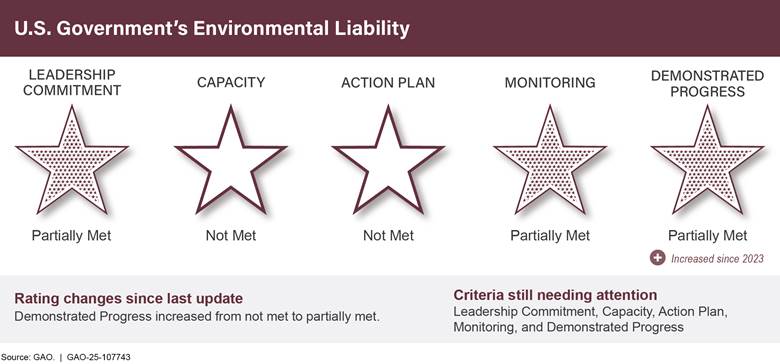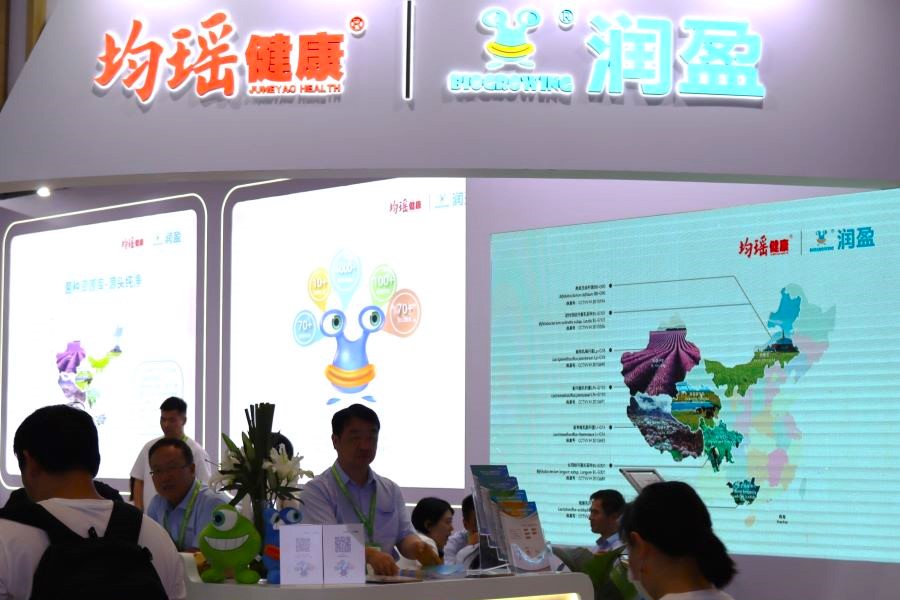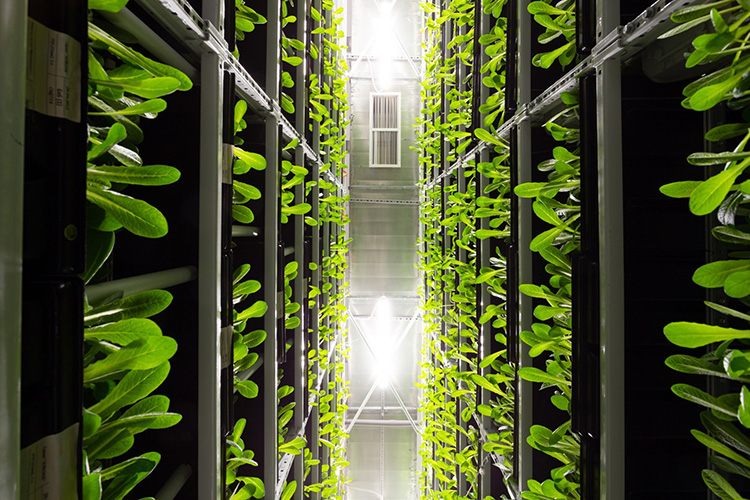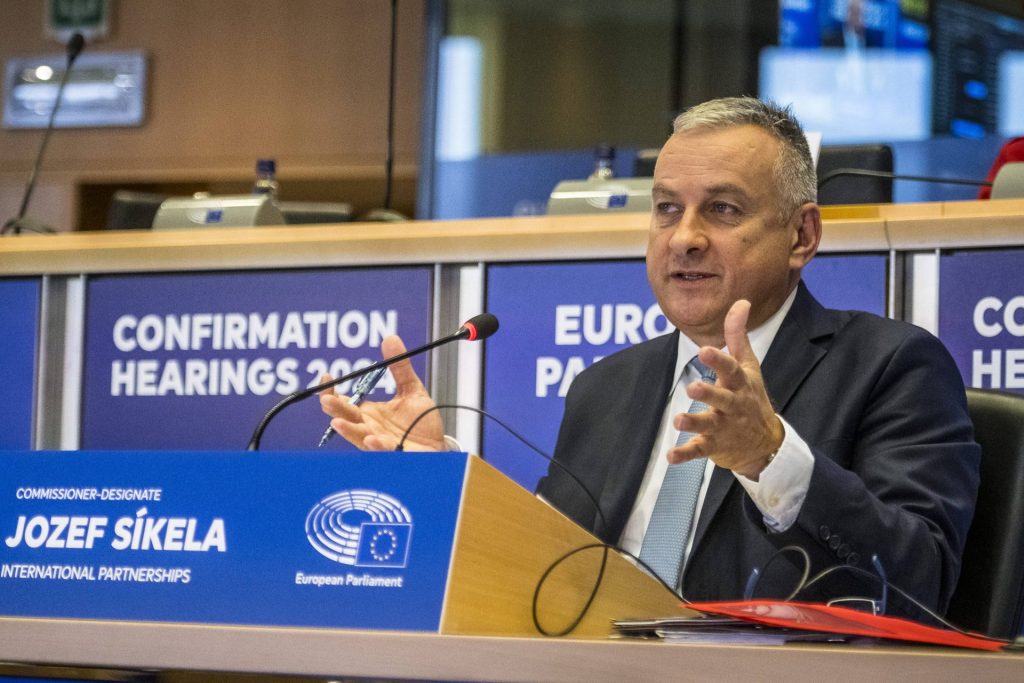Analysis of the Proposed EU Long-Term Budget and its Implications for Slovenia’s Sustainable Development Goals in Agriculture
Ministerial Response and Commitment to National Priorities
The Slovenian Minister of Agriculture, Forestry and Food, Mateja Čalušić, has called for a comprehensive review of the European Commission’s recent proposal for the future long-term EU budget. The minister emphasized the critical importance of securing adequate funding to support Slovenia’s progress towards key Sustainable Development Goals (SDGs).
- Advocacy for National Funding: The minister stated that securing a robust financial envelope for Slovenia’s national and regional programs will be a primary objective for the government during negotiations.
- Commitment to SDG 2 (Zero Hunger): Minister Čalušić pledged to pursue all available financial opportunities to bolster the agriculture and food sectors. This commitment aims to ensure food security, promote sustainable agriculture, and support the livelihoods of those in the food production chain.
- Strategic Resource Allocation for SDG 8 and SDG 12: The effort to secure funds, even from sources outside the direct agricultural allocation, underscores a strategy to foster decent work and economic growth (SDG 8) in rural areas and advance responsible consumption and production patterns (SDG 12).
Proposed Budgetary Changes and Alignment with Sustainable Development
The European Commission’s proposal introduces significant structural changes to agricultural funding, making a direct comparison with the current budget challenging. The ministry noted that these innovations require careful assessment to determine their alignment with long-term sustainability objectives.
- Complexity of the New Framework: The proposed changes prevent a simple comparative analysis of financial allocations for the common agricultural policy.
- Assessment for SDG Alignment: A thorough examination is required to understand how the new budgetary structure will support or hinder progress on environmental and social goals, including SDG 13 (Climate Action) and SDG 15 (Life on Land), which are intrinsically linked to agricultural practices.
- Partnerships for the Goals (SDG 17): The ongoing negotiation process highlights the importance of effective partnerships between member states and EU institutions to ensure that the final budget serves the collective goals of sustainable development across the Union.
Stakeholder Concerns and Risks to Sustainable Agricultural Policy
Key agricultural stakeholders have expressed significant concerns regarding the proposal’s potential impact. The Chamber of Agriculture and Forestry of Slovenia (KGZS) has been critical, warning that the proposed changes could lead to the erosion of the common agricultural policy, thereby threatening the stability and sustainability of the sector.
- Risk to SDG 2 (Zero Hunger): Critics fear that a weakened common agricultural policy could destabilize food production systems and compromise the economic viability of farms, posing a direct threat to food security.
- Risk to SDG 8 (Decent Work and Economic Growth): The potential dismantling of established support mechanisms could jeopardize the economic foundation of the agricultural sector, impacting rural employment and economic stability.
- Risk to SDG 15 (Life on Land): Changes to the agricultural policy framework could have adverse effects on biodiversity, sustainable land management, and the protection of terrestrial ecosystems, which are core targets of SDG 15.
1. Which SDGs are addressed or connected to the issues highlighted in the article?
SDG 2: Zero Hunger
- The article’s central theme is the EU’s common agricultural policy and the financial budget for the agricultural and food sectors in Slovenia. This directly connects to SDG 2, which aims to end hunger, achieve food security, improve nutrition, and promote sustainable agriculture. The minister’s statement about striving “to ensure that all financial opportunities for agriculture and the food sector are utilized” highlights the focus on supporting the systems that produce food.
SDG 17: Partnerships for the Goals
- The article describes a negotiation process between a member state (Slovenia) and a supranational institution (the European Union) regarding financial resources and policy frameworks (“the future long-term EU budget”). This interaction represents a partnership aimed at implementing policies, which is the core of SDG 17. The minister’s intent to engage in “further negotiations” to secure a “significant priority for the government” exemplifies this partnership in action.
2. What specific targets under those SDGs can be identified based on the article’s content?
SDG 2: Zero Hunger
-
Target 2.a: “Increase investment, including through enhanced international cooperation, in rural infrastructure, agricultural research and extension services, technology development and plant and livestock gene banks in order to enhance agricultural productive capacity in developing countries, in particular least developed countries.”
- The article directly discusses the financial mechanisms for supporting agriculture. The “proposal for the future long-term EU budget” and the “allocated funds for agriculture” are forms of investment intended to support and enhance the agricultural sector’s capacity. The minister’s goal to utilize “all financial opportunities for agriculture” is a direct call for maximizing this investment.
SDG 17: Partnerships for the Goals
-
Target 17.14: “Enhance policy coherence for sustainable development.”
- The entire discussion revolves around the EU’s “common agricultural policy.” This policy is a mechanism designed to create a coherent approach to agriculture across member states. The criticism from the Chamber of Agriculture and Forestry of Slovenia (KGZS) that the new budget could lead to the “dismantling of the common agricultural policy” shows the importance of maintaining this policy coherence for the sector’s stability and sustainability.
3. Are there any indicators mentioned or implied in the article that can be used to measure progress towards the identified targets?
SDG 2: Zero Hunger
- Implied Indicator for Target 2.a: The article repeatedly refers to the financial resources for agriculture. This implies an indicator related to financial flows. A relevant official indicator is Indicator 2.a.1: The agriculture orientation index for government expenditures. The article’s focus on the “amount of funds for the common agricultural policy” and the “envelope for Slovenia within the national and regional programs” directly relates to measuring the financial commitment to the agricultural sector.
SDG 17: Partnerships for the Goals
- Implied Indicator for Target 17.14: The existence and negotiation of the “common agricultural policy” itself serves as an indicator. This points to Indicator 17.14.1: Number of countries with mechanisms in place to enhance policy coherence for sustainable development. The EU and its common policies, which are being negotiated by member states like Slovenia as described in the article, are a clear example of such a mechanism.
4. Table of SDGs, Targets, and Indicators
| SDGs | Targets | Indicators |
|---|---|---|
| SDG 2: Zero Hunger | Target 2.a: Increase investment… in order to enhance agricultural productive capacity. | Implied Indicator (related to 2.a.1): The amount of financial resources allocated to the agricultural sector, as mentioned in the “proposal for the future long-term EU budget” and the “allocated funds for agriculture.” |
| SDG 17: Partnerships for the Goals | Target 17.14: Enhance policy coherence for sustainable development. | Implied Indicator (related to 17.14.1): The existence of mechanisms for policy coherence, such as the EU’s “common agricultural policy” which is the subject of negotiation between Slovenia and the EU. |
Source: europeannewsroom.com







